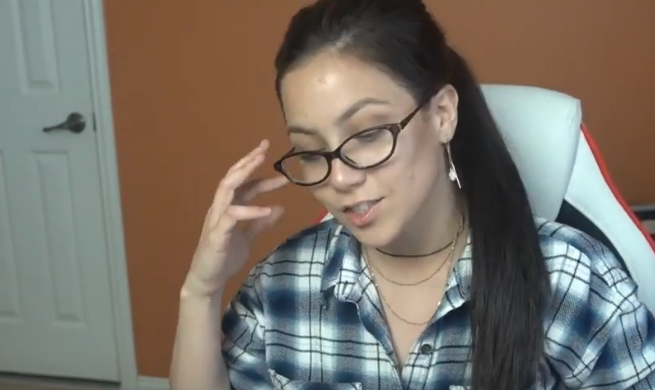
10 Tips to Understanding copyright infringement in Texas
10 Tips to Understanding copyright infringement in Texas
Copyrights are instrumental in protecting original works that people come up with. Copyright is existent as soon as the work is created. The creation only needs to be detailed tangibly such as on a paper. With such automatic protection, any infringement of such works attracts legal action. You should seek professional help to know if you are inadvertently committing copyright infringement. An excellent option for such services is Panda Patent. Several tips can help in gaining this knowledge.
- Definition of copyright infringement
The owner of copyrighted works has the privilege to exclusively replicate, adapt, distribute, perform, and display them. Violation of this law is taken to be copyright infringement. Such cases usually entail copying. Importing protected works without permission is also considered to be a violation.
- What cannot be classified to be copyright infringement
- Facts are usually not under copyright protection. However, their expression could be protected. For instance, points in an encyclopedia do not warrant such protection. Nevertheless, their expression can be copyrighted.
- Material published in the country before 1923 plus being in the public domain ceases to be safeguarded by copyright laws.
- Undertakings that fall under the fair use provision.
- Those allowed to sue for infringement
The person that is classified as the legal owner of the exclusive right to the copyrighted works can go to court on the basis of infringement. This case will necessitate evidence to indicate ownership of something and the violation of that right.
There is those that work with other authors intending for it to be merged into a unitary whole. They thereby come up with a joint work. A license from any of the contributors acts as a valid defense. Also, compensation that any of them gets for the work being used should be shared with every co-owner.
- Those that can be classified as infringers
- Any person that contravenes any of the exclusive rights accrued to the creator of any authorship work in the US. He or she is referred to as a direct infringer.
- Those that intentionally encourage others to commit this violation. These persons are known as contributory infringers.
- Any individual or entity that gains profits from direct infringement in addition to refusing to exercise their prerogative to restrict it. They are referred to as vicarious infringers.
- Anyone that is found to have willfully distributed or reproduced materials on a large scale. Such individuals are branded as criminal infringers. This act is considered to be a felony thus attracting more severe punitive measures.
- The way this violation is proved
- The infringer must have contravened one of the exclusive rights.
- The plaintiff should have evidence of the work being registered. Contrarily, this claim fails.
- The right must still be valid. Attacks on validity are established if it is proven to be insufficiently original, contain illegal content, be a creation of the government, have passed the expiration date, or if the registration was obtained fraudulently.
- A form of copying must be established.
- The degree of copying
A little copying is usually entertained. However, too much of it is considered to be an infringement. The too much designation is given when there is a significant similarity between the work of the accused and that which is copyrighted. Also, a regular lay observer should be able to make such a determination after comparing the two works.
- Fair use
This provision allows for some actions not to be classified as an infringement. They include using another person’s work for comment, criticism, news reporting, teaching, research, and scholarship. These lawful acts mean that one is allowed to build upon another’s work without fear of being sued.
- Monetary relief
If you are found guilty of infringing on another person’s copyrighted work, there two primary punitive measures.
- You will be liable for the plaintiff’s actual damages in addition to any profits accrued from the infringement.
- Alternatively, you will be expected to cover statutory damages. The plaintiff takes this action before the final judgment is delivered. The sum should be at least $750 and not exceed $30,000.
- Injunctive relief
A court may award either temporary or final order stipulating the prevention of copyright infringement. The US Customs can even be compelled to ensure that no illegal copies enter the country.
- How the defendant can navigate the case
The defendant should look for any weak links in the plaintiff’s case. They include:
- Using the statute of limitations by proving that the action has taken at least three years after the claim was made.
- The defendant could acquire a license from a loose licensee or co-owner.
- He or she could prove abandonment by showing that the plaintiff has not been policing the copyright prerogative.
- The defendant can prove that the registration was acquired fraudulently.
- He or she can establish fair use.
In conclusion, the ten tips are helpful in augmenting the understanding of copyright infringement in Texas.


